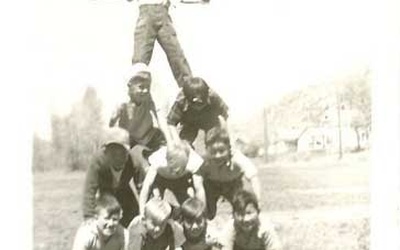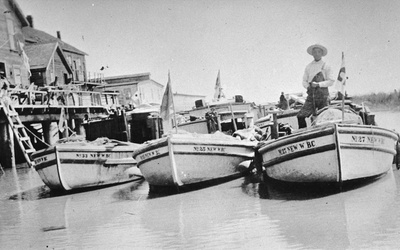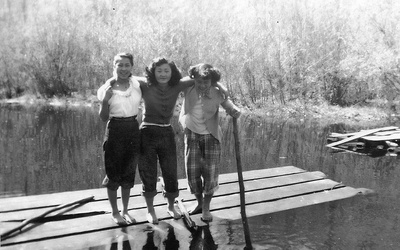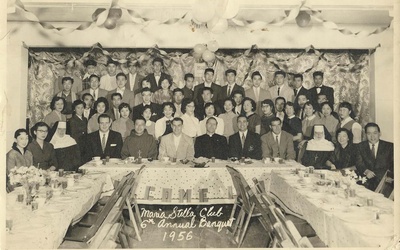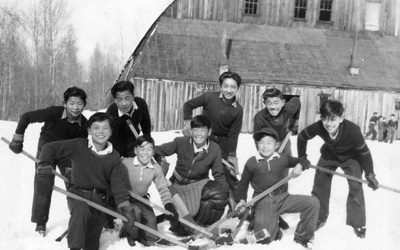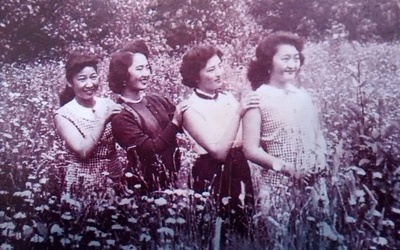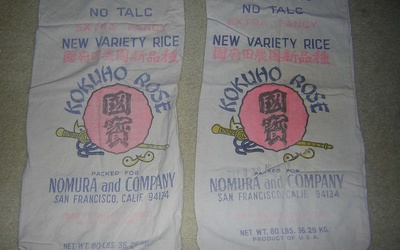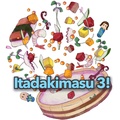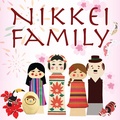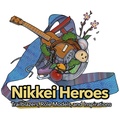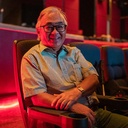
Chuck Tasaka
@CharlesHachiroChuck Tasaka is the grandson of Isaburo and Yorie Tasaka. Chuck’s father was 4th in a family of 19. Chuck was born in Midway, B.C., and grew up in Greenwood, B.C. until he graduated from high school. Chuck attended University of B.C. and graduated in 1968. After retirement in 2002, he became interested in Nikkei history. (Profile photo courtesy of Nelson photographer)
Updated October 2015
Stories from This Author
Nisei: Yancha Kozo For All Seasons - Part 2
March 13, 2017 • Chuck Tasaka
Read Part 1 >> SUMMER: No wonder, many of the children couldn’t wait to get out of school in June. This was the time of life for boys and girls. As mentioned in the previous article, boys played spitball, katana kiri, bang-bang and flashlight team games. Of course, there were games where all children could play, like Kick the Can, Peggi, Jean Tori, Daily Shamble and Hide and Seek. Summer meant building a dam at First or Second Bridge. Older …
Nisei: Yancha Kozo For All Seasons - Part 1
March 6, 2017 • Chuck Tasaka
Post-war babies born in the internment camps should be considered the ‘Lucky Ones’? These children didn’t suffer the whole forced removal ordeal beginning in 1942. They were born in Greenwood, New Denver, Kaslo, Slocan City or Lillooet where there were hospitals. There were several Nisei doctors serving in those areas. As for myself, I didn’t know that I was living in an ‘internment camp’. Greenwood was the first internment site and the Nikkei families were placed mostly in old hotels …
Mio-Steveston Fishermen Dialect
Feb. 7, 2017 • Chuck Tasaka
Whenever you hear of Mio, a poor, small fishing village south-east of Osaka in Wakayama-ken, the name ‘Amerika Mura’ comes to mind. To the villagers, Amerika was Canada and U.S. Gihei Kuno’s name became synonymous with Mio-Steveston connection. He was a master carpenter who was trying to raise fund to build a breaker in Mio. By coincidence, he met up with a friend in Kobe who encouraged him to go to Canada. Mr. Kuno arrived in Steveston in 1888 and …
Nisei: The Games We Played
Dec. 2, 2016 • Chuck Tasaka
Nisei growing up on Powell Streets in the ’30s didn’t have that many toys so they had to improvise. Some boys picked chestnuts off the ground and pierced them with a needle with string threaded through to the other side and made bolos. The girls played hopscotch and skipping. Traditional games like Hide and Seek, Kick the Can, Red Rover, and Ball Over were popular then. In Steveston, Harry Imai told me that they played Katana Kiri. That activity became …
You Are Canadian Nisei If . . . Part II
Nov. 17, 2016 • Chuck Tasaka
Discover Nikkei published my article titled, You Are Canadian Nisei If . . . on December 9, 2015. There were more Nisei traits uncovered to add to this article. I wonder if there are any more hidden gems regarding Canadian Nisei identity? Mothers always placed their brooms at the corner of the front door on the porch. It was a daily routine to sweep the floor. Every Saturday was wash day in the fifties and sixties. Mothers hung sheets, underwear and shirts on the …
Nisei: Sports Brought “Wa” (Harmony)
Oct. 7, 2016 • Chuck Tasaka
The famous Vancouver Asahi baseball teams have been well-documented and the latest, a movie made in Japan called Asahi was the “icing on the cake”. Pat Adachi was the first to write the history of the Asahi franchise in her book titled Asahi: A Legend in Baseball. Jari Osborne followed with a documentary called Sleeping Tigers. Ron Hotchkiss (Diamond Gods of the Morning Sun), Ted Furumoto (More Than a Baseball Team), Norio Goto (Japanese version of Vancouver Asahi), and Ellen …
Nisei: Summer Jobs
Sept. 8, 2016 • Chuck Tasaka
“What? I have to travel 400 km to work all summer? I will call family services!” No, no, that didn’t come out of the mouth of a Nisei. They followed their parents’ orders. The Child’s Labour Code was not discussed back in those days. Parents just said, “Mo, ichi-nin mae dakara, ichigo chigiri ni iki nasai. ‘Go Home’ kuo tara hazukashii kara, issho-kenmei hataraki nasai!”—Now, that you are grown up, it’s time to go to berry picking. It’s embarrassing to …
Nisei Saves! Mottainai
July 28, 2016 • Chuck Tasaka
I read on the Discover Nikkei website about a Japanese American granddaughter having to clear out her Nisei grandmother’s house when she passed away. To her shock, she found stacks of plastic tofu containers that grandma “treasured” all her life! I’m sure Canadian Nisei grandparents are the same. However, don’t put the blame on them. It’s the mottainai (being wasteful) spirit. It probably all started when the first wave of Japanese immigrants came to Canada in the early 1900s, and …
Nisei: Internment Camp Life
July 22, 2016 • Chuck Tasaka
Greenwood was the first “internment centre” and Tashme was the last. In-between, there were Lemon Creek, Popoff, Bay Farm, New Denver, Rosebery, Sandon, and Kaslo. Self-supporting camps were East Lillooet, Minto Mine, Bridge River, and McGillivray Falls. Other self-supporting camps like Taylor Lake, Tappen, Blind Bay, Christina Lake, and Grand Forks had much smaller settlements. These were the internment camps in B.C. in 1942–43. It must have been a shock to go from a bustling city to towns and villages …
You-mo? Me mo!: Nisei Language and Dialect
June 7, 2016 • Chuck Tasaka
I don’t have a PhD in linguistics but I hope that a budding linguist major will get interested in this topic. In Hawaii, the first boat load of about 150 Japanese immigrants came to this island as sugar cane laborers in 1868. It was called Gannen-mono, first-year people. However, it proved to be an unsuccessful venture. They were city dwellers, not really farm workers. Nearly one third of gannen-mono immediately returned to Japan because of their work conditions. In 1882, …


